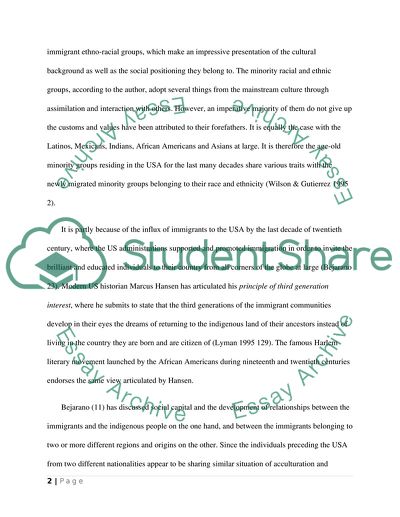Cite this document
(Que Onda Urban Youth Culture and Border Identity by Cynthia L Book Report/Review - 4, n.d.)
Que Onda Urban Youth Culture and Border Identity by Cynthia L Book Report/Review - 4. Retrieved from https://studentshare.org/sociology/1614246-que-onda-urban-youth-culture-and-border-identity
Que Onda Urban Youth Culture and Border Identity by Cynthia L Book Report/Review - 4. Retrieved from https://studentshare.org/sociology/1614246-que-onda-urban-youth-culture-and-border-identity
(Que Onda Urban Youth Culture and Border Identity by Cynthia L Book Report/Review - 4)
Que Onda Urban Youth Culture and Border Identity by Cynthia L Book Report/Review - 4. https://studentshare.org/sociology/1614246-que-onda-urban-youth-culture-and-border-identity.
Que Onda Urban Youth Culture and Border Identity by Cynthia L Book Report/Review - 4. https://studentshare.org/sociology/1614246-que-onda-urban-youth-culture-and-border-identity.
“Que Onda Urban Youth Culture and Border Identity by Cynthia L Book Report/Review - 4”, n.d. https://studentshare.org/sociology/1614246-que-onda-urban-youth-culture-and-border-identity.


